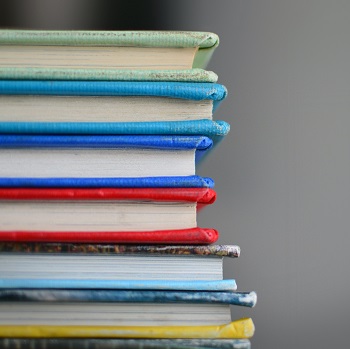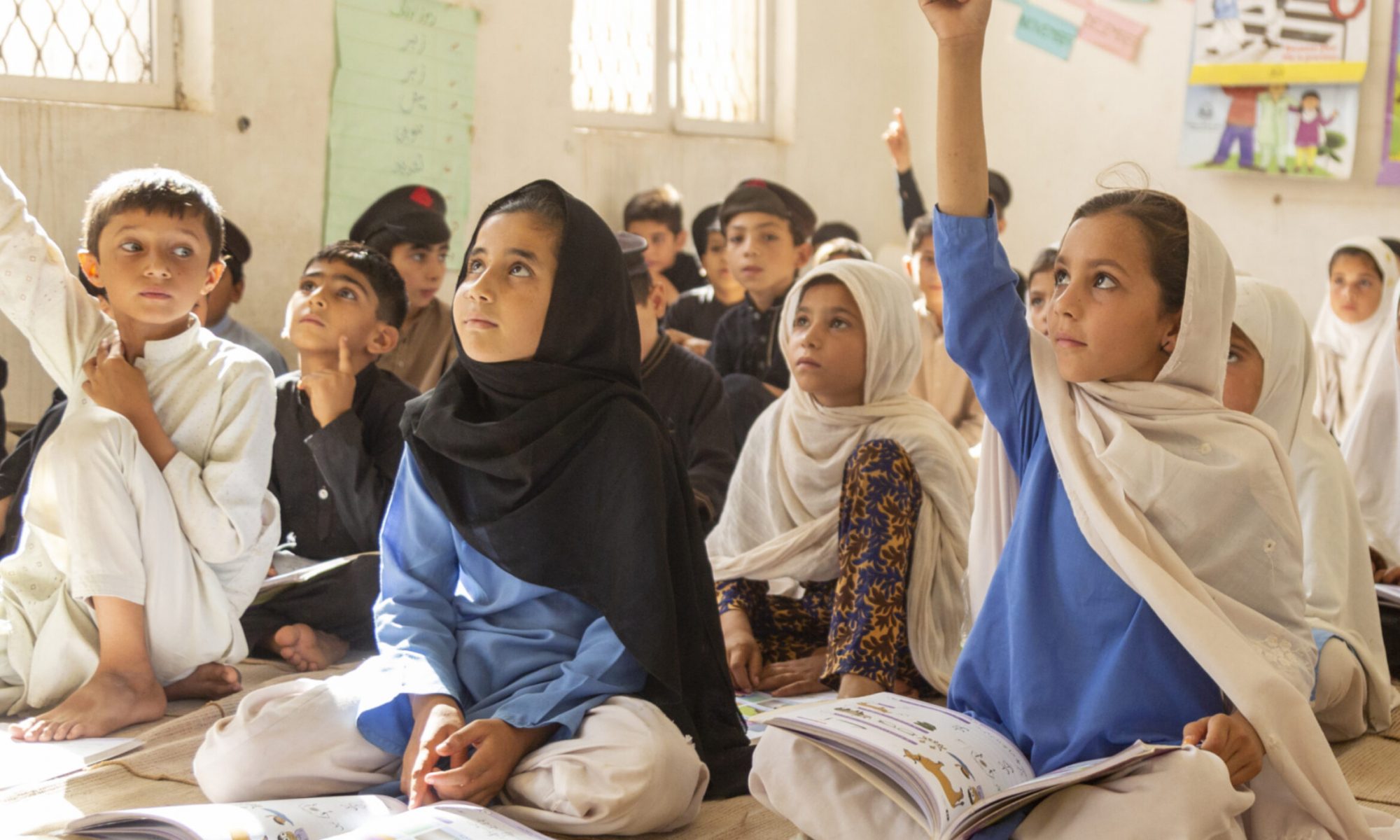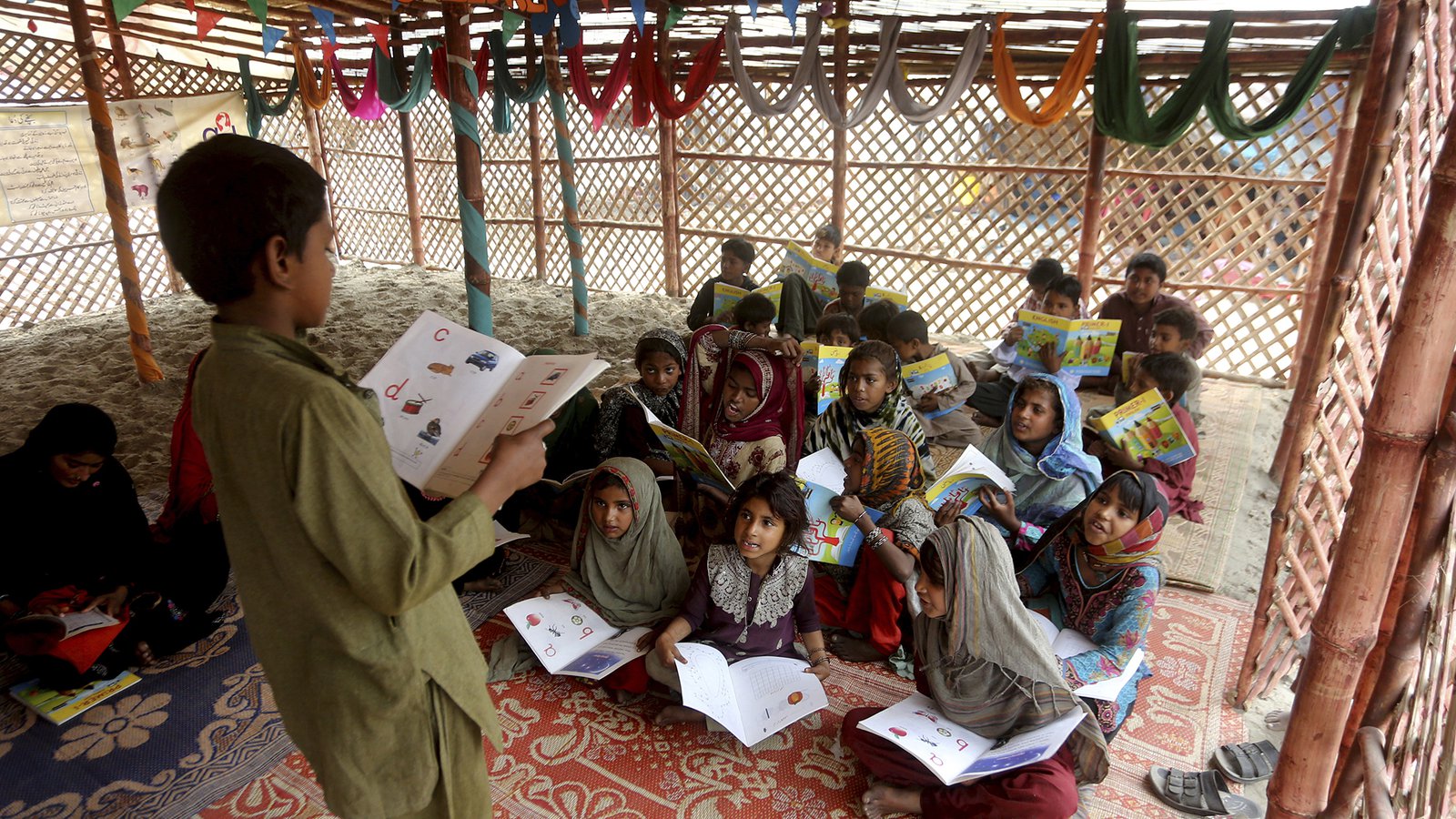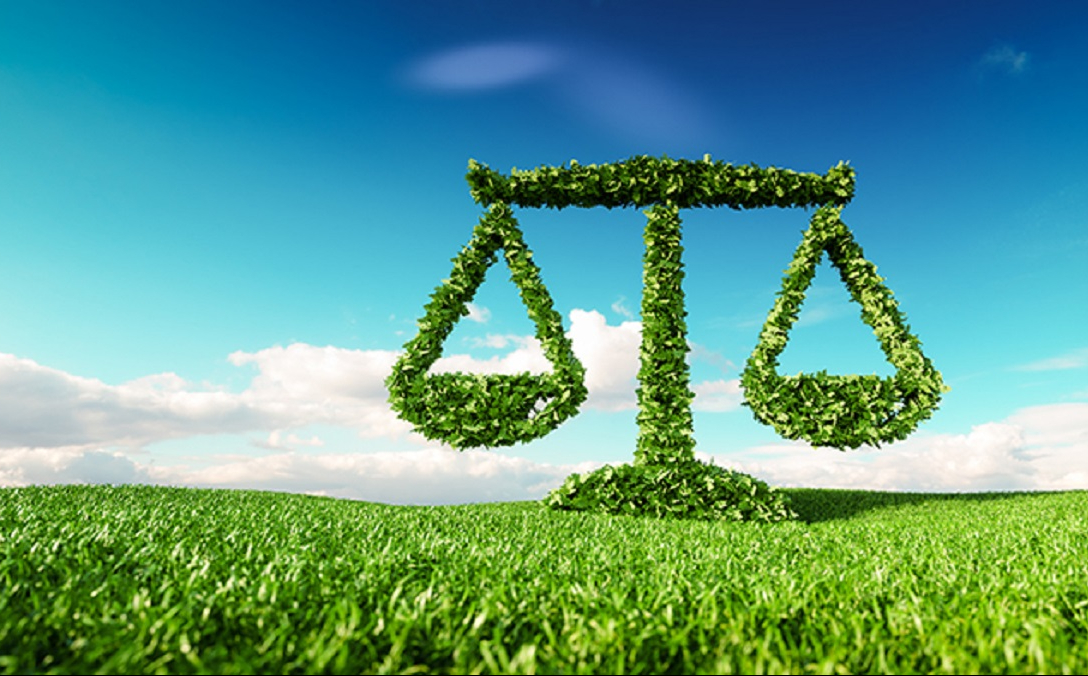Since March 2020, schools across the world have either been completely closed, or operated under strict COVID-related restrictions. This has affected 1.6 billion learners globally, resulting in substantial learning losses and plummeting enrollment rates (World Bank, UNESCO, UNICEF 2021). The lockdowns left almost 50 million children in Pakistan and 12 million children in the province of Punjab out of school (Zakaria 2020). By the third school reopenings (September–October 2021), 21% of adolescent boys and 8% of adolescent girls in Punjab had dropped out of school. Those who remained within the schooling system incurred major learning losses. A study by the Punjab Examination Council indicates a decrease in the academic performance of Grade 5 children in Punjab in 2020. With an increase in dropouts and substantial learning losses, there is a need to chart future steps to recovery. This webinar aims to outline how dropouts can be reintegrated into the schooling system and how learning losses can be overcome with an underlying focus on technological and innovative solutions.
Why have so many children dropped out of school?
There are several reasons for the increase in dropouts.
- First, income losses incurred during the pandemic left families financially vulnerable, due to which many children were forced out of school. Many students, particularly boys, also had to enter the labour force prematurely to make up for income losses, resulting in a higher dropout rate for boys (21%) as compared to girls (8%) in Punjab.
- Second, lockdown measures kept families housebound, increasing the gendered burden of work; girls spent more time doing household chores instead of studying. This can encourage parents to keep their daughters at home even after school reopenings, particularly in a cultural milieu which puts a lower value on girls’ education.
- Third, many students were not able to continue learning through remote learning programs (TeleSchool and TaleemGhar) due to a lack of access to technology and the absence of conducive learning environments at home. This has made catching up difficult, resulting in many families opting not to send their children back to school (Geven et al., 2022).
- Fourth, many families have also opted to engage their children in religious education, which many consider an alternative to formal schooling in Pakistan.
Has remote learning worked to reduce learning losses?
In addition to the issue of dropouts, COVID-19 has also resulted in learning losses for those that remain within the schooling system. While the government launched a distance learning program early in the pandemic, its uptake has been limited. In Punjab, by the time schools reopened in September–October 2021, only 8% of girls and 2% of boys were engaged in distance learning (Geven et al., 2022). There are multiple reasons for the resistance to remote learning uptake. Some of them are listed below:
- Access to technology is severely limited in Pakistan, especially in remote regions, and within disadvantaged groups. According to the Pakistan Demographic and Health Survey (DHS) 2017, only about 15% of households of the poorest quintile owned a television. Comparatively, within the wealthiest quintile, around 96% owned televisions. Access to the internet and smartphones is even more unequal; only 12% of Pakistani households have access to the internet.
- Even where households have access to technology, devices may have to be shared between family members. Additionally, most houses lack spaces which are conducive to learning which make it difficult to keep students engaged with distractions around.
- Most curricular content is scripted in Urdu, which can make it inaccessible to families fluent only in regional languages.
- Due to COVID-related income shocks, many boys may be prematurely pushed into the labour force, which can limit the amount of time dedicated to learning.
- Girls are expected to do household chores. Since school reopenings in September 2021, girls spent about twice as much time as boys on family care (Geven et al., 2022).
- Societal attitudes towards watching television have also impacted uptake. A recent study noted that television in Pakistan is considered to be a medium to access entertainment, which adds to the hesitation in its use for education. Some fathers also prohibit their daughters from accessing television (Malik et al., 2022).
- Alternatives like private tutoring are costly, and can only be accessed by relatively advantaged groups.
As a result of these factors, students have undergone learning losses amounting to around 0.6 years of learning-adjusted schooling, according to early estimates (Geven and Hasan 2020).
Percentage of people who had watched the TeleSchool transmission
Source: Gallup Pakistan, 2020
How have other countries re-integrated students into the school system and mitigated learning losses?
Following are some models of recovery adopted in other developing countries.
Tackling Dropouts: To address the issue of increasing drop-outs, several countries have initiated back-to-school campaigns to re-integrate children into the schooling system. In Kenya, community-based household mobilizations led to 96 percent of learners eventually re-enrolling. Additionally, in Mexico and Brazil, governments have adopted conditional cash transfers, tying cash support to families to school enrollment.
Overcoming Learning Losses: Similarly, to overcome learning losses, many countries have adopted some form of remedial learning. In 2020, the Philippines government established summer schooling for students who had received a grade lower than 75 percent in the previous school year. While evidence on the effectiveness of such programs is still limited, interventions that focus on targeted instruction, with extended instruction time and condensed curricula are potential options to be explored for learning recovery (World Bank, 2021).
Building Resilience: School closures are not unique to COVID-19 and are likely to occur in the future as a result of climate-related disasters, conflicts, and public health emergencies. Remote and hybrid education is expected to continue after the pandemic (World Bank 2021). In case of repeated closures, strengthening remote learning systems is key. Many developing countries have employed multimodal strategies to ensure widespread access. In Peru, for example, the authorities have deployed a multi-modal strategy based on an assessment of the availability of different modes of technology and have used multiple channels like radio, television and the internet to stream educational content. Additionally, educational content has been created in nine native languages, making it more widely accessible . Moreover, telecommunication operators agreed to zero-rate the program’s core digital site so that students can access all available educational resources without paying for the bandwidth. This was combined with regular communication of weekly schedules for learning sessions, frequent teacher-student follow-up, and a strong monitoring system to understand the program’s coverage and engagement.
How can these strategies be implemented in Pakistan?
While cross-country examples can shed light on innovative strategies, Pakistan’s recovery strategy needs to be anchored in evidence, with considerations for capacity, budget constraints and other relevant factors.
There are no neat solutions to the losses faced by the education sector in Pakistan during COVID-19 but there are a few areas which require greater focus from policymakers. Some questions to be explored for future interventions are:
- What strategies can be employed to re-integrate drop-outs into the formal schooling system?
- What can an effective strategy for remedial learning look like in Pakistan?
- How can we improve the current system of remote learning to build resilient systems by establishing learning continuity between the home and school environments?
- How can government initiatives address gender-related inequalities in re-integration and learning loss?
- How can stakeholders in the wider ecosystem be leveraged to provide learning solutions to address learning loss?
Sources:
- “The State of the Global Education Crisis: A Path to Recovery”. World Bank, UNESCO, and UNICEF, 2021.
- “Brief on Learning Continuity Amidst COVID-19”. UNICEF, 2020.
- Geven and Hasan, “Learning Losses in Pakistan Due to COVID-19 Closures: A Technical Note on Simulation Results”. World Bank, 2020.
- Geven et al. “SMS Girl Data Insights”. World Bank, 2022.
- Malik et al. “Girls’ Lived Experiences of School Closures: Insights From Interviews With Girls and Mothers in Punjab, Pakistan” South Asia Gender Innovation Lab, World Bank, 2022.
- Muñoz-Najar et al. “Remote Learning During COVID-19: Lessons from Today, Principles for Tomorrow”. World Bank, 2021.
- Zacharia, Sharon, “Pakistan: TeleSchool and Taleem Ghar (Educational TV at home)”. World Bank, OECD, Global Education Innovation Fund, 2020.
- “Remediating Learning Loss”, World Bank, 2021.
- “Assessment of Students’ Learning Loss: COVID-19 in Punjab”, Punjab Examination Council, 2020.







